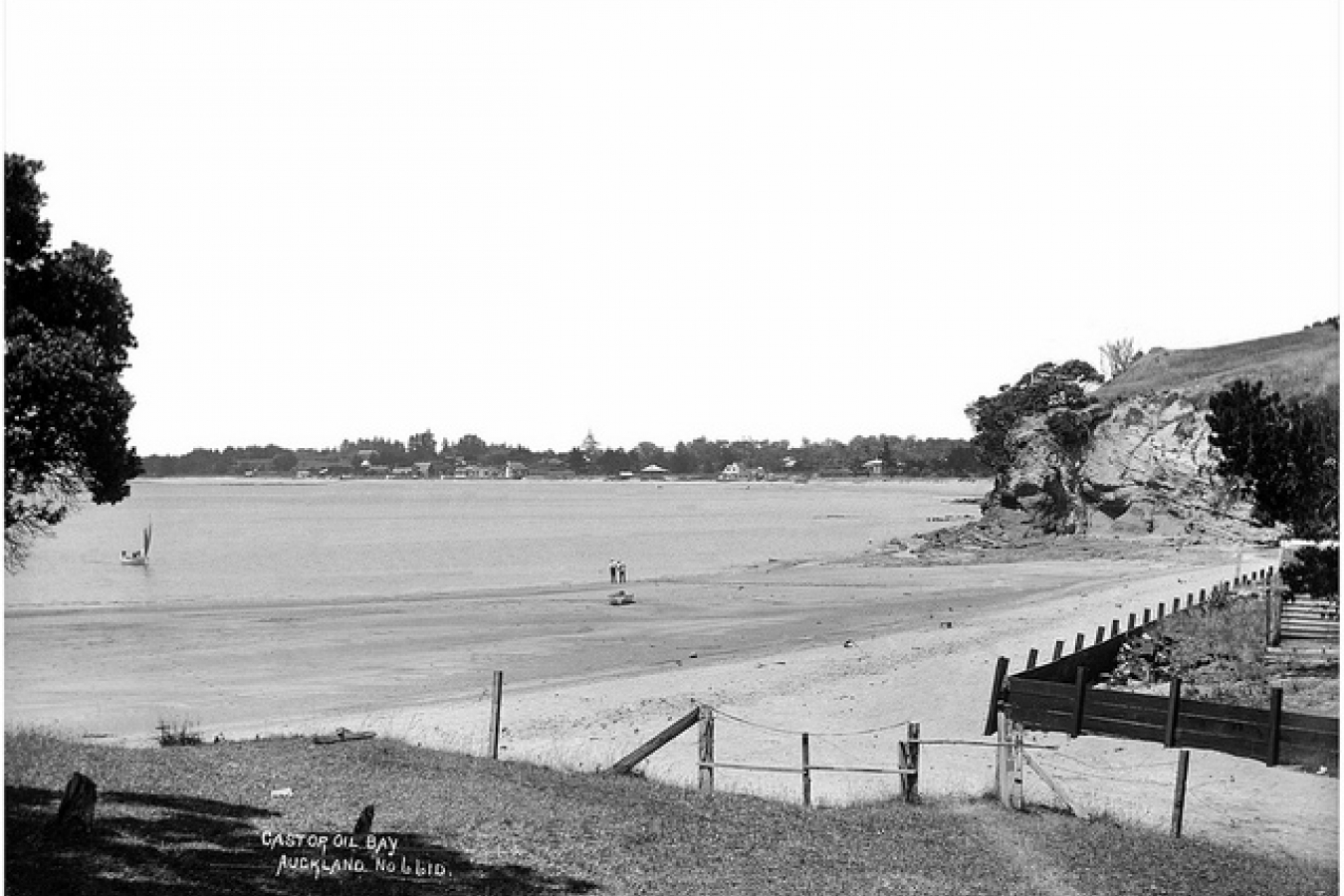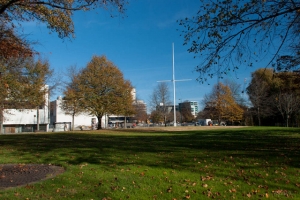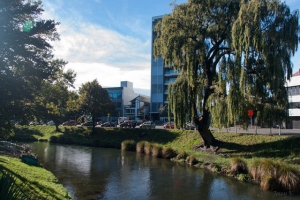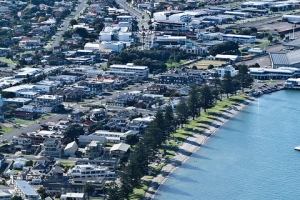Support migrant centric journalism today and donate

According to figures released by Statistics New Zealand today, New Zealand's estimated resident population at June 30, 2005 was 4,098,200. Population growth for the year to June was estimated to be 36,800 (0.9 per cent), compared with 52,200 (1.3 per cent) in the June 2004 year.
The June 2005 year estimate is below the average annual increase of 42,500 (1.1 per cent) for the June years from 1995 to 2005.
Government statistician Brian Pink said the lower population growth was mainly due to a fall in net permanent and long-term migration.
Permanent and long-term arrivals exceeded departures by 8600 (23 per cent of population growth) in the June 2005 year, whereas in the June 2004 year the net migration gain was 22,000 (42 per cent of population growth). Natural increase (excess of births over deaths) was 28,200 in the June 2005 year, slightly lower than the natural increase recorded in the June 2004 year (30,200).
The working-age population (15-64 years), which accounted for 66.4 per cent of the population in the June 2005 year, was estimated to be 2,721,200 at 30 June 2005.
This is an increase of 318,700 (13.3 per cent) compared with the June 1995 year.
The number of children (0-14 years) grew by 32,000 (3.8 per cent) during the same 10-year period, to reach 879,500 at 30 June 2005.
Women appear to be ageing at a faster rate than the male population. Half New Zealand's female population was over the age of 36.4 years and half the males were over the age of 34.6 years. The median age increased by 3.1 years for women and 2.7 years for men between the June 1995 and 2005 years.





















